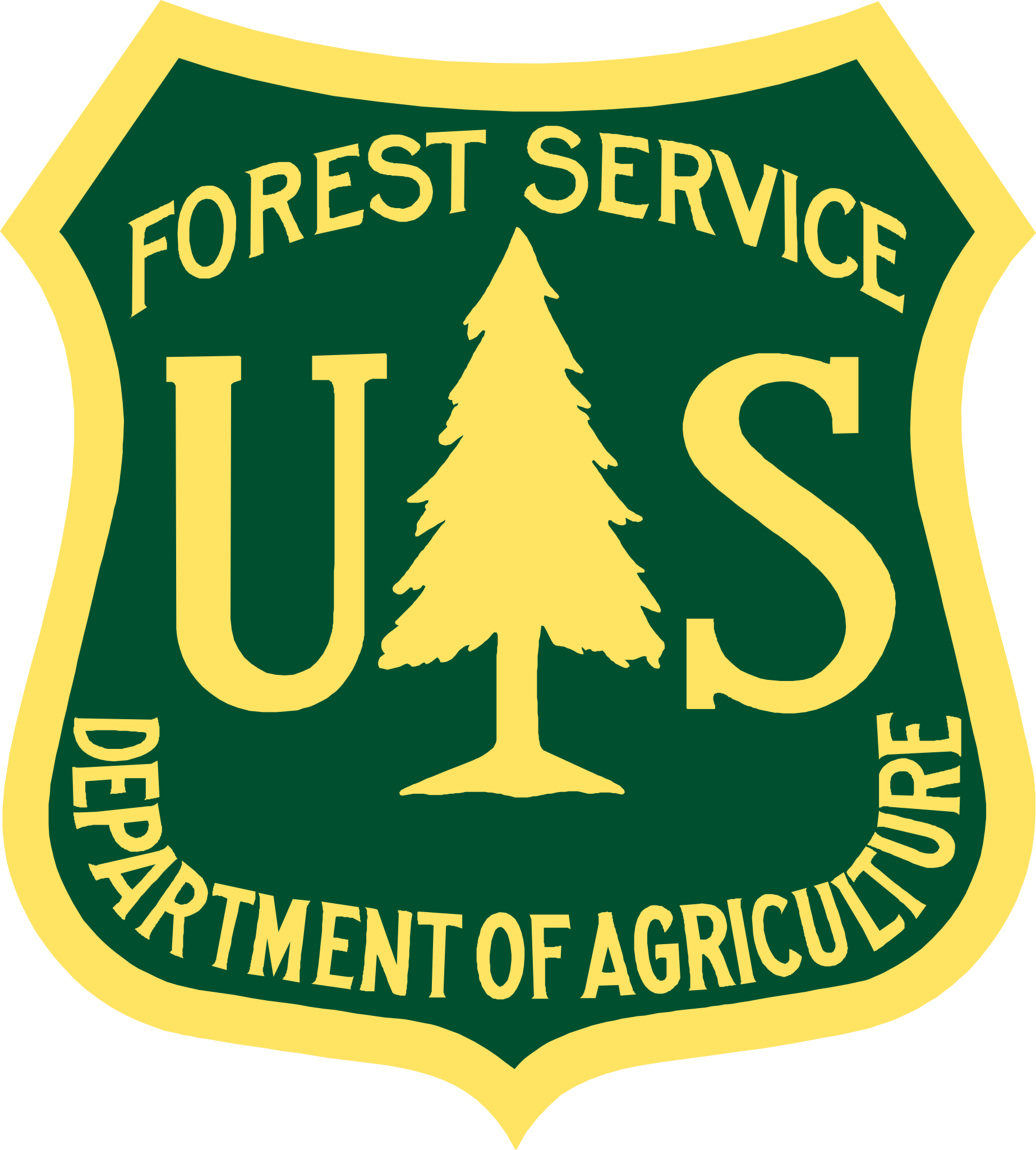THREATENED AND ENDANGERED PLANTS
Pectis imberbis A. Gray
Beardless Chinchweed
Pectis imberbis, the Beardless Chinchweed, is a perennial herb recently listed as an endangered species under the Endangered Species Act in 2021. P. imberbis occurs in low numbers at widely disconnected sites. A total of 6 populations each consisting of between ca. 10 and 2,000 individuals, are known and occur at elevations of 1100-1700 m in southern Arizona within the Coronado National Forest and Coronado National Memorial. In the past, populations were also identified in Mexico (Keil 1978; USFWS 2012). P. imberbis occurs in a variety of habitats, including oak woodlands, desert grasslands, oak savannas, and disturbed areas (road cuts, arroyos) (USFWS 2012). Resurveys of known P. imberbis sites suggest a decline in abundance over the last two decades the extirpation of some populations. Initial decline of P. imberbis is believed to have resulted from overgrazing by domesticated livestock; other threats include competition with non-native species, increased drought severity and frequency, mining, road construction, and recreational activities (Phillips et al. 1982). In addition to these extrinsic stressors, P. imberbis reproductive rates could be depressed due to inbreeding depression resulting from small population size or lack of pollinators. Since 2019, this project has been increasing understanding of the breeding system, pollinator networks, lifespan, survival, and reproductive rates of P. imberbis. The primary objective of our research is to perform a comprehensive demographic analysis of P. imberbis in order to identify extrinsic and intrinsic causes of rarity. Additionally, it involves conducting a breeding system assessment and monitor pollinator visitation at P. imberbis populations, and developing a species habitat probability model to determine whether P. imberbis is habitat limited, identify areas of possible existing, but unidentified, populations and areas suitable for restoration. Our research contributes to information needs identified by the USFWS service to develop a species recovery plan. Additionally, information will contribute directly to this rare’s species recovery.
-
Sara Souther, PhD
Assistant Research Professor, School of Earth and Sustainability
Core member, Center for Adaptable Western Landscapes, Northern Arizona University
Clare Aslan, PhD
Associate Director and Associate Professor, School of Earth and Sustainability
Co-Director, Center for Adaptable Western Landscapes, Northern Arizona University
-
Mia Brann MS, and Scott Gilb MS graduated spring 2024
Products
-
Coming soon!
-
-
Coming soon!
-
Coming soon!



